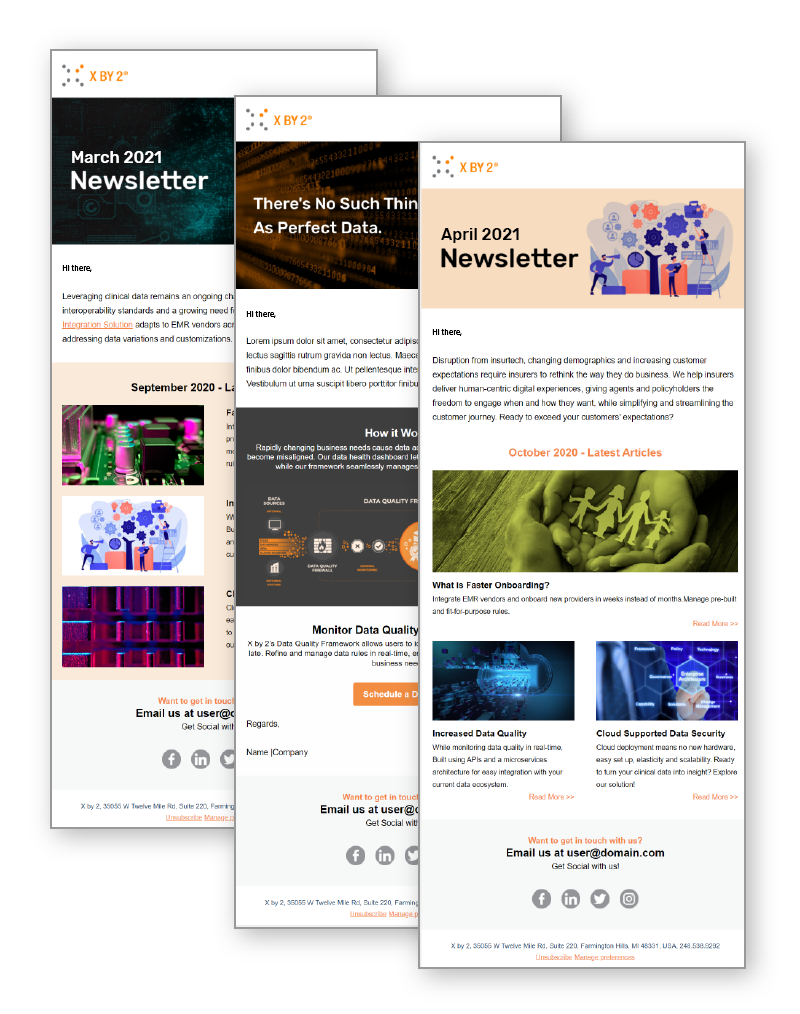Finding and keeping talented people for critical business technology programs and projects remains a difficult challenge across the insurance industry. When it comes to large, transformational type efforts, the talent problem gets even more difficult.
The projects can be multiyear, the risk to the organization can be high, the technology and process issues and problems can be daunting, and it can be difficult to keep talented people engaged on longer projects when they are in demand for other projects in other parts of the organization.
That said, these large, transformational projects are now more common in the industry as insurers continue their efforts to modernize and innovate. Unfortunately, the effort required for finding the right talent is compromised in the name of quickly staffing these large projects. The compromised strategy often involves blindly staffing from vendor “strategic partners,” professional services firms and staff augmentation firms, often leading to increased cost and poor quality solutions.
So is there a better way to go about staffing large projects with the right talent?
In fact, there is a better approach, and it is based on a set of general principles that organizations often shortcut when staffing up. These principles are:
- Quality over quantity. The caliber of the people involved is the single most critical element to project success. Be patient and take the time needed to staff based on the quality of the people versus meeting arbitrary staffing goals that lead to filling the team quickly and compromising on quality.
- Project success trumps team member development. The health and welfare of the project should not be compromised in the interest of giving less qualified employees “some experience doing this kind of stuff.” Large, high-risk projects cannot afford to be training grounds.
- Recruiting and staffing is a continuous effort, not one and done. Attrition, role rotation and performance issues will ensure that recruiting and staffing will be an ongoing process, so just plan for that eventuality up front. It makes for a healthier team environment anyway.
- Recruiting well takes time and resources; don’t underestimate it. For example, let’s assume that it might take two interviews to qualify every candidate and that for every five candidates there is one candidate that is selected. If the project team needs 50 people, that equates to 500 interviews to staff a 50-person team, not to mention the effort that goes into the other essential aspects of recruiting, such as candidate screening, coordinating scheduling, interviewing and decision making. The overall project plan should account for a full-time resource to handle this process, and for several other team leads spending 20-30 percent of their allocated time on the interviewing process, at least at the outset of the project.
- Have an onboarding plan. It is important to recognize onboarding as an essential part of the recruiting and staffing effort, and not an afterthought. Proper onboarding takes time and effort, but it goes a long way in increasing the overall effectiveness of individuals on the project and of the project team overall.
So let’s break this down a bit. Just as it is with the technology and process portions of the project, recruiting for the overall project should have its plan, complete with ownership and accountability, for its success. The recruiting plan should consider the resources, time, effort and expense needed to staff the project initially and to rotate and replace team members continuously.
A good place to start is at the top – start with the project leadership team before thinking about appropriate technical, project management or process skills. It’s critical that team leads with strong skill sets are in place before the rest of the team is recruited, as the team leads will be vital to the rest of the recruiting process.
Next, create actual job descriptions based on the project’s needs. The descriptions should clearly define the skills and capabilities required for each role.
Beyond the technical, it is imperative to consider the softer skills of candidates – communication, leadership, working with others, etc. While there is a need and place for specialist skill sets for particular focus areas, on balance it is a good practice to seek out more flexible people who are well-rounded and can adapt and grow as the project evolves.
Once the team leads are in place, and the descriptions are created, it is time to create the rest of the recruiting team. The recruiting team will be responsible for the day-to-day screening, interviewing and placement for the rest of the project team.
For a 50-person project team, an initial recruiting team of one or two people working full time on this task should suffice. However, this is a long-term task, so the recruiting team will persist throughout the lifecycle of the project. Plan accordingly.
As in most worthwhile pursuits, time is the key element. Finding the right talent and resources takes time, so take that into account when planning.
In the example previously given, staffing a team of 50 people can take a lot of time when being picky about who is selected. It will likely take hundreds, if not thousands, of person hours to find the right 50-75 (alternates for when attrition begins) for the project team.
The same is true for the on-boarding process. With a larger project team, it is often more efficient and effective to onboard groups rather than individuals. A good approach is to set a regularly scheduled on-boarding day on a monthly basis for incoming team members. That session should include a general orientation of the project, processes and the overall team, and include any necessary training.
Training should also include specific tools the team is using for collaboration and communication. And as talented as people may be, it will also take them time to ramp up to their specific roles in the project, so that needs to be built into the overall onboarding timeline.
Additionally, finding the optimal mix of in-house and outside talent for any large project is often a delicate dance. Team chemistry versus overall team talent and competency should be given some consideration.
However, training and “growing” in-house resources should not come at the cost of the project. Similarly, satisfying contractual obligations with staff augmentation and consulting firms should not sway team member selection. Rather, the focus needs to stay on those resources that bring the most talent to the table and whose presence will improve the chances for project success the most.
In this case, one great developer is more valuable than 10 average developers. And if organizational politics begin to get in the way of assembling the very best team for the effort, be sure to tie project responsibilities and accountabilities to those making the political waves – that usually calms the waters.
The end goal in all of this is to put the best team together for that large project. Doing so immediately reduces the project and the organizational risks and increases the likelihood of project success, while allowing talented people to do what they do best.





